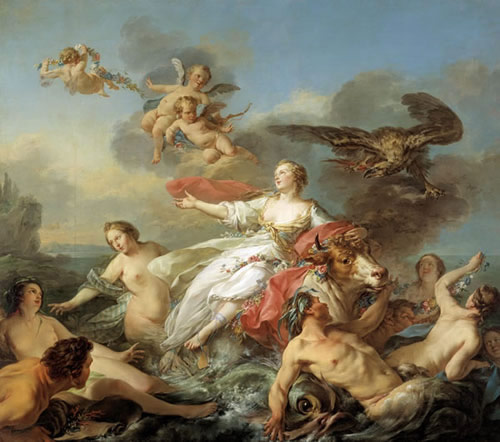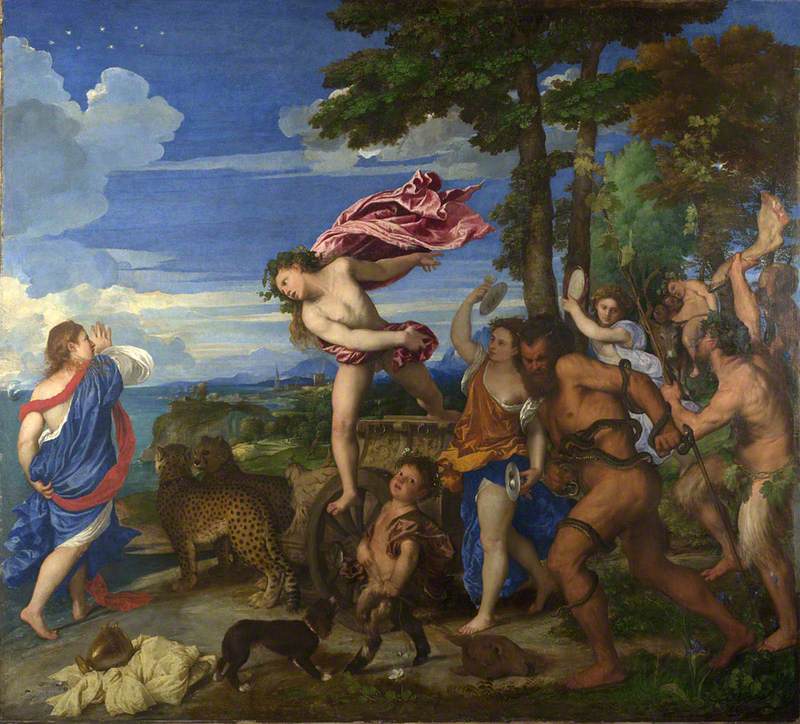The Sistine Chapel Ceiling in the Vatican City
Art as a Human Endeavor
Art is an inherent part of human culture, extending back thousands of years, and is central to our understanding of human nature itself. From cave paintings to contemporary installations, art has served as a means of expression, documentation, and inspiration. Through its diverse forms—painting, sculpture, music, literature, dance—art provides a unique avenue for individuals to engage with their emotions, explore their creativity, and connect with others.
Ontological Transcendence: The Nature of Art
The ontological nature of art lies in its ability to transcend the boundaries of the mundane and elevate the human experience. Artworks often grapple with profound themes of existence, mortality, and the human condition. They have the power to evoke a range of emotions, from joy and awe to sadness and contemplation. In this sense, art not only reflects the human experience but also shapes it, influencing our perceptions, beliefs, and values.
Art's Accessibility to Human Intelligence
One of the defining characteristics of art is its universal appeal to human intelligence. Artworks can speak to individuals from all walks of life, regardless of their cultural background or personal experiences. They have the ability to bypass language barriers and connect with our shared humanity. Whether it is the intricate details of a Renaissance painting, the soaring melodies of a symphony, or the evocative prose of a novel, art has the power to engage our intellect, imagination, and emotions.


Comments